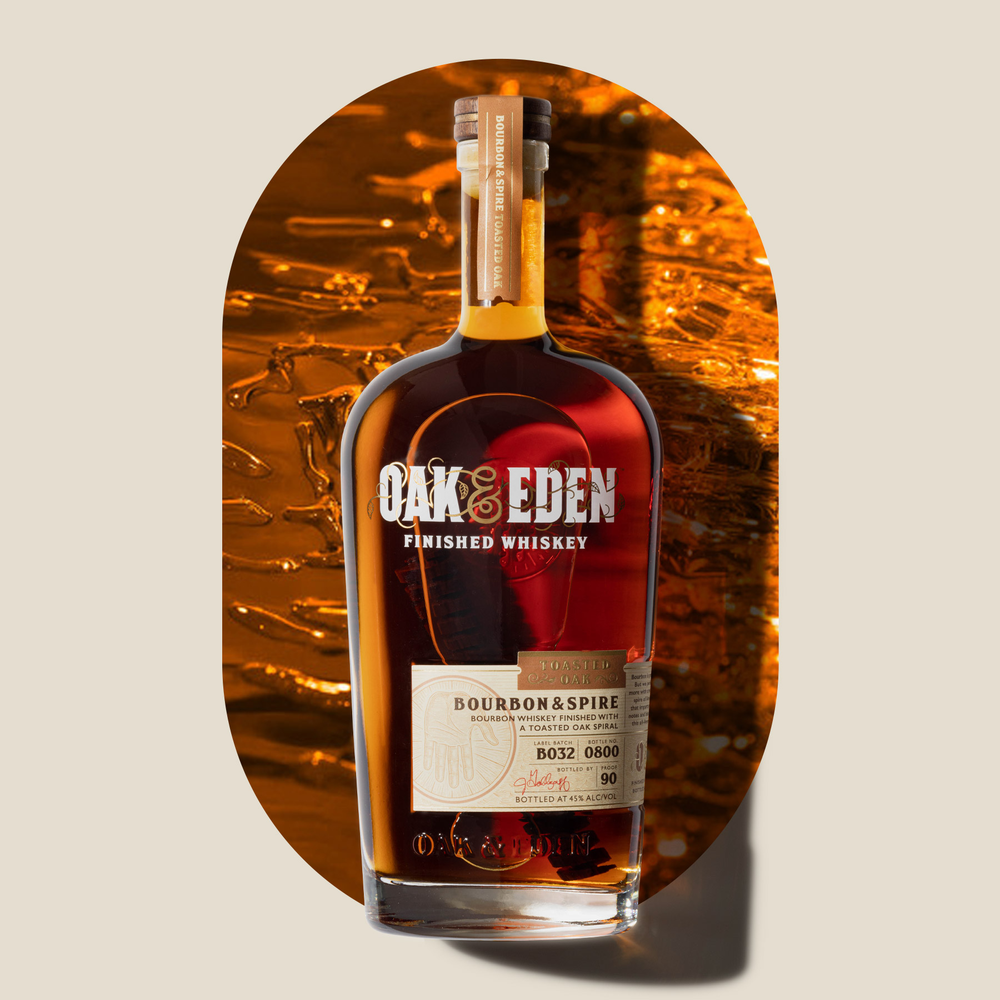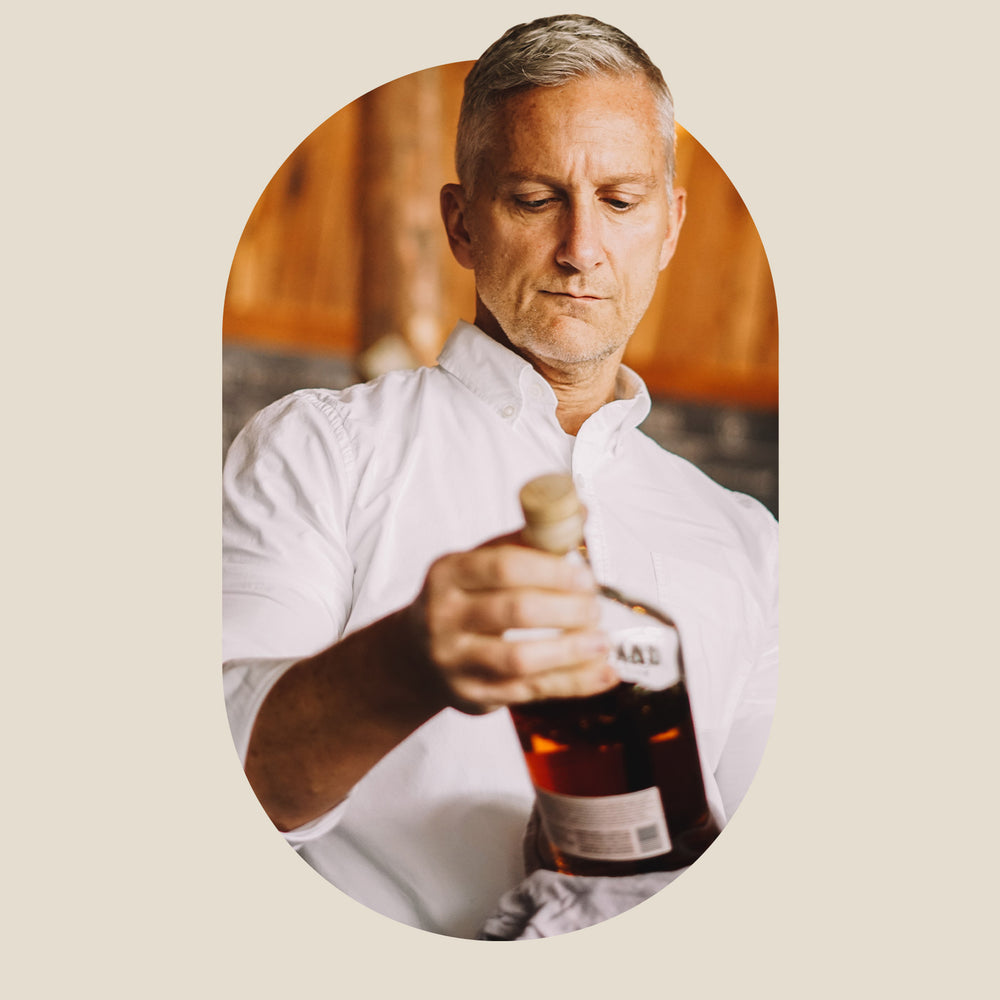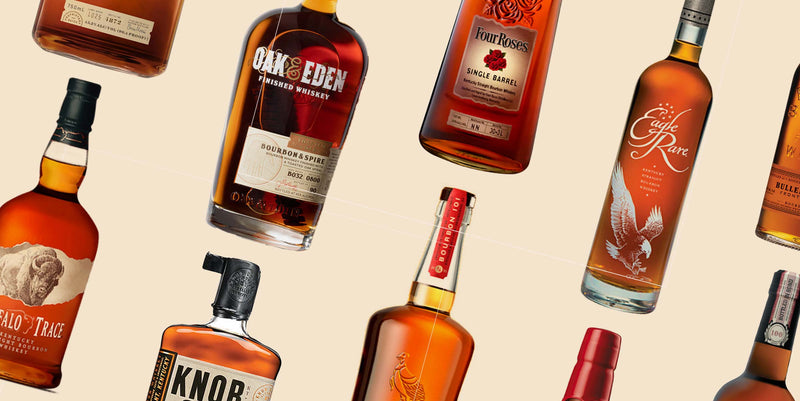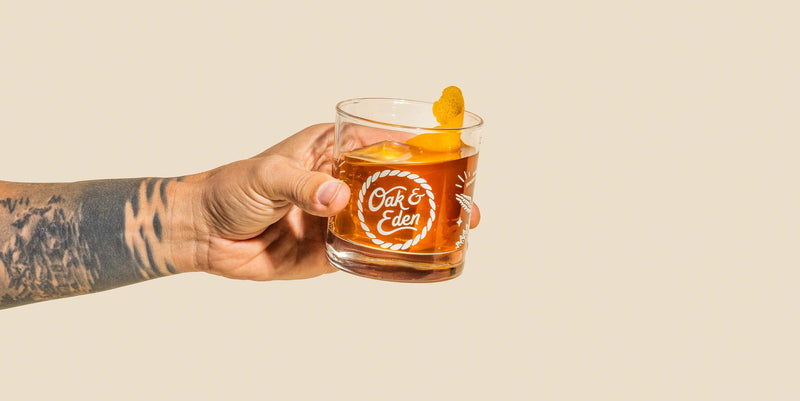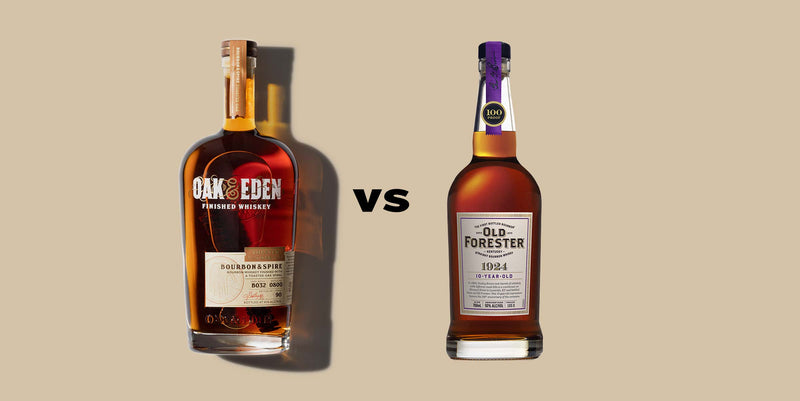Angel’s Share Whiskey: What Is It?
There are a lot of terms in the whiskey world. Oak barrel, single malt, double barrel, single malt, full-bodied… The list goes on and on. Each word gives us a new way to describe whiskey.
But one term that you may not be familiar with is angel’s share. Angel’s share is nothing new, and it’s still an important aspect of the whiskey-making process today.
We want to pull back the curtain a bit on the whiskey-making process and let you in on the secret of the angel’s share of whiskey.
The Origins of Whiskey
The origins of whiskey date back to the discovery of distillation in the 2000s BC, when Mesopotamians used the practice to distill aromatics and perfumes. The process spread to Greece, where we found the first evidence of distilling drinking water from saltwater.
Eventually, distilling was used to increase the alcohol content of a spirit while purifying it. This process has been used to make alcoholic beverages since its origins in medieval Ireland and Scotland to produce “aqua vitae,” or the water of life. This distilled spirit eventually came to be known as whiskey.
Whiskey production then spread to the United States via the immigration of Irish and Scottish immigrants. In the United States, whiskey production became a phenomenon unto itself. Today, American whiskeys like bourbon are some of the most famous whiskeys in the world.
Whiskey finally reached Japan in the 1900s, and now Japanese whisky is respected as some of the finest anywhere in the world.
In each location, specific processes are used to create their unique flavors. However, the basic process of making whiskey remains the same — and that’s where the angel’s share comes in.
What Is the Angel’s Share?
The angel’s share is the whiskey lost to evaporation during the aging process. It’s an inevitable part of making whiskey.
This whiskey that evaporates into the air and perfumes the storehouse was dubbed the angel's share in medieval Ireland and Scotland. They believed the whiskey that disappeared into the air was meant as an offering for the angels.
To better understand what this means and how it relates to the whiskey-making process, let’s discuss how whiskey is made.
How Is Whiskey Made?
The real secret to understanding the angel's share of whiskey is understanding how whiskey is made. Let’s get into it.
Step One: Grain Selection
The first step in the whiskey-making process is the selection of grains for the mash bill. The grains will be different depending on the type of whiskey. For instance, bourbon must be made with at least 51% corn in the mash, but Scotch must be made with 51% barley.
If barley is used, it can be malted, which is the process of heating the barley to bring out the sugars. Otherwise, the grains are mashed, a method that releases the sugars of cereal grains. The grains are ground fine and then combined with hot water and agitated to produce a thick, porridge-like mash.
Step Two: Fermentation
After the grain has been mashed or malted, it is ready for fermentation. During the fermentation, the mash is exposed to yeast, which eats up all the sugars in the grain mash. This produces alcohol as one of the resulting by-products.
The fermentation process takes place over a few days, depending on the distiller. The speed of fermentation depends on several factors, including but not limited to the types of grains used and the types of yeast used in fermentation. At the end of the fermentation process, the goal is to be left with a liquid of 7-10% ABV, called distiller’s beer.
Step Three: Distillation
Whiskey then goes through the distillation process, which purifies the liquid and brings it up to a higher alcohol by volume. This is done through one of two processes: pot distillation or column distillation.
Pot distillation is used in many more traditional styles of whiskey making, like Scotch and Irish whiskey production. The distiller's brew is placed in the pot still, where it is heated and boiled. The resulting vapors are then captured in the second pot and condensed to a liquid. This process is repeated until the liquid reaches the desired alcohol by volume.
Column distillation is the process used for many American whiskeys, including bourbon and rye whiskey. Column distillation is a more efficient process that uses more refined engineering to produce a distilled spirit up to 95% ABV. However, whiskey is often distilled to much less.
Step Four: Aging
Step four of the process is aging, which is where the spirit gets its flavor. Many of the finest whiskeys are aged for years (and some for decades) to create increasingly more complex flavors. Aging whiskey imparts most of the flavor and all of the color to the liquid, thanks to the wooden barrels it is aged in.
The wooden barrels are porous, allowing the wood to absorb and release changing amounts of liquid depending on the weather throughout the year. This allows the wood to breathe the whiskey in and out, imparting flavor compounds and aromatics to the whiskey.
Angel's Share During Aging
During the fourth step, the aging process, the angel's share comes into play. Over time, the alcohol loses a little bit of volume each year due to evaporation. The longer the whiskey ages, the more is lost to this evaporation.
This whiskey that evaporates over time makes the whole storehouse smell wonderfully sweet and boozy, and it’s known as the angel’s share.
How Much Whiskey Is Lost to Angels?
The amount of whiskey lost to the angel's share depends on several factors, including the type of wood used in the barrels, the temperature and humidity fluctuations in the storehouse, and the length of time the whiskey is aged.
Highly porous wood and significant changes in humidity and temperature lead to more overall liquid lost to the angel's share. In the cold conditions like those of the Scottish Highlands, the rates can be as low as 2% of the total barrel volume per year.
In hotter and more humid climates like the fields of Kentucky, where bourbon is often made, the loss can be as high as 5% of the total barrel volume. This is why bourbon whiskey is often aged for less time than Scotch.
This means that a 12-year-old Scotch whisky will lose 24% of its total volume from when it is barreled to when it is ready to be bottled. The longer a particular batch of whiskey was aged, the less there is left in each barrel, which is part of why aged whiskey is more expensive than less aged whiskey.
Is There a Way To Prevent Angel's Share Loss?
The angel's share has been part of the aging process since whiskey-making first started. Unfortunately, there has been no real way to prevent the loss of the angel's share of whiskey.
Angel's share is part of what helps purify and improve the flavor of whiskey as it ages, so it is not necessarily a terrible thing. That said, some distillers are trying to prevent the loss of liquid during aging.
One potential method is using plastic wrap to wrap barrels, preventing the evaporated whiskey from leaving the barrel. However, they are still testing to see how effective this is and how it affects the taste of whiskey.
How Does Angel's Share Impact Whiskey Price?
The angel's share has a lot of impacts on whiskey, helping to mellow out the harsh flavors in whiskey over time to provide you with a silky, enjoyable whiskey after aging. But the angel's share also impacts the consumer in other ways, like price.
Aged whiskeys, especially those aged for a long time, tend to cost much more than other options. This is for many reasons, but mostly because of how much liquid is lost over time. As we mentioned, a twelve-year-old Scotch could lose as much as a quarter of its volume over that time, and a twenty-five-year-old Scotch could lose half its overall volume.
This means that more material — more mash, more barrels, more alcohol, and so on — is needed to produce less whiskey since some will be lost over time. This drives up the price of aged whiskey.
Many people still find the tradeoff worth it. A truly amazing bottle of whiskey is worth whatever price you have to pay, but it can be nice to understand why the price changes.
The Angel's Share Whiskey: Takeaways
The angel’s share is a phenomenon in whiskey production that has occurred since the spirit first appeared in Ireland and Scotland over a thousand years ago.
The angel's share refers to when some of the whiskey evaporates every year during aging. It releases into the air, where, according to legend, the angels drink their share of the whiskey.
This results in a volume loss from 2-5% per year per barrel, which adds up pretty quickly over the years. Factors like temperature, humidity, type of wood, and type of grains used affect how much whiskey goes to the angel's share.
Here at Oak & Eden, we want to make sure that you are equipped with the knowledge you need to enjoy whiskey however you like it best. Let us know what you think about the angel's share, as well as any other questions about whiskey you might have.
Sources:
Coffey still | Whisky Advocate

